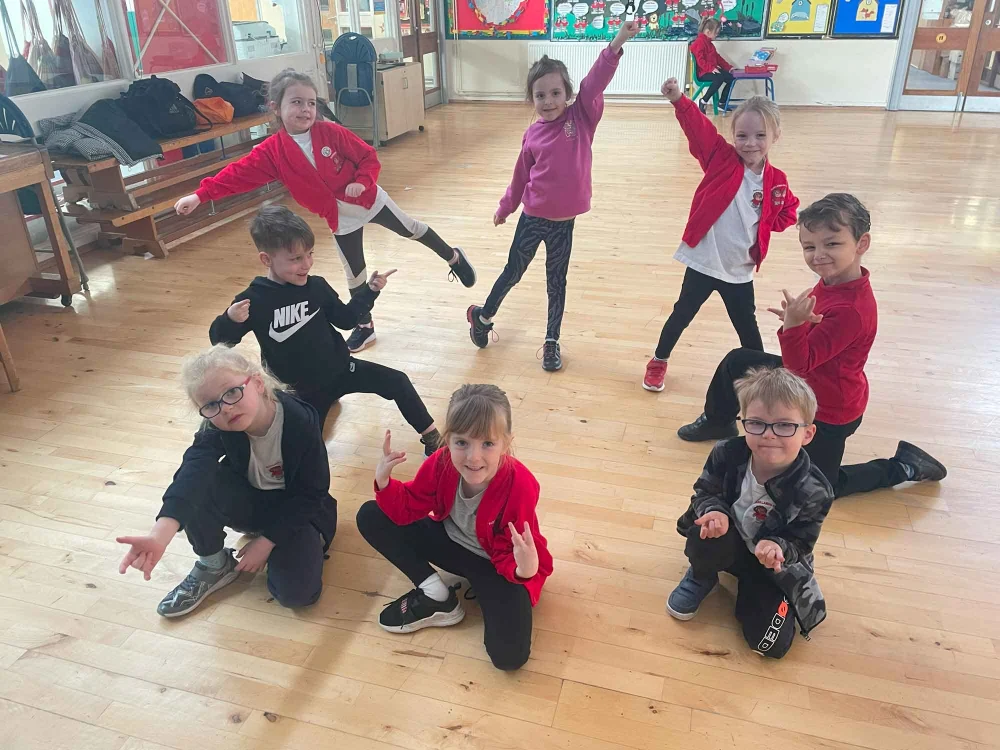
- do-schools-still-have-dances-history-and-evolution
- do-schools-still-have-dances-modern-practices-and-trends
- do-schools-still-have-dances-culture-and-social-media-influence
- do-schools-still-have-dances-student-experiences-and-stories
- do-schools-still-have-dances-benefits-and-relevance
1. Evolution of School Dances
School dances have been a mainstay of student life in American education for decades. From the formal proms of the 1950s to the more casual homecoming events of today, these gatherings have long served as cultural touchpoints where students socialize, express themselves, and build lasting memories. But do schools still have dances in today’s shifting social and educational climate?
Historically, dances were considered rites of passage. They gave students a chance to dress up, listen to music, and interact in a structured environment. These events were sometimes organized by student councils or parent-teacher groups, with themes, DJs, and plenty of decorations. However, as times change, so do traditions.
2. Current State of School Dances
The short answer is yes—many schools still host dances, but the frequency, format, and atmosphere vary widely. Large high schools may still have elaborate proms, while some middle or elementary schools now opt for daytime “dance parties” or themed spirit events instead of traditional night dances.
COVID-19 significantly disrupted in-person events, and in its aftermath, some schools have struggled to revive interest. Others, however, used the break to innovate. Some now host outdoor “glow dances,” silent discos, or even wellness-themed celebrations that incorporate dance as one part of a larger community activity.
At American Dance Academy, we've seen a surge in schools requesting dance workshops to re-engage students with social dance in fun, inclusive ways. This trend shows how dance remains relevant, even if it's packaged differently than in the past.
3. Impact of Culture and Social Media
Today's school dances don’t exist in a vacuum. They’re shaped by TikTok trends, viral dances, and shifting cultural norms around inclusion and identity. For instance, more schools now make dances gender-neutral and inclusive of all student identities—something rarely seen just two decades ago.
Increased access to music and dance content online has also transformed how students approach these events. Many now come prepared with choreographed routines inspired by their favorite influencers. This evolution creates an exciting energy around school dances—but also new pressures. Schools must navigate how to encourage fun while managing appropriateness and safety.
4. Real Student Perspectives
To understand the question "do schools still have dances" at a deeper level, it's essential to listen to students themselves. Maya, a high school junior in California, says:
"Our school still has a winter formal and prom, but attendance dropped after the pandemic. The student council now includes themed nights like 'Decades Dance' to hype it up—and it works!"
Meanwhile, Tyler, a sophomore in Ohio, shared:
"I wasn’t sure about going at first, but my friends convinced me. It was honestly one of the best nights of the year. The DJ played our favorite tracks, and everyone just had a great time."
These stories highlight how dances continue to matter—even if not every student participates. For many, they remain milestones in the high school experience.
5. Why Dances Still Matter
So, why do schools still have dances at all? Beyond fun, they serve as crucial developmental spaces. Students learn social cues, build confidence, and experience moments of independence within a safe, supervised setting. Dances often help foster school spirit and a sense of belonging—particularly important in our digitally disconnected age.
When planned thoughtfully, dances can be more than a party. They’re cultural bonding experiences that evolve with every generation. For schools looking to refresh their approach, resources from places like American Dance Academy can offer fresh ideas—from DJ-led dance clinics to inclusive choreography sessions that get everyone moving.
In the end, while the style and tone may shift, the core spirit of school dances—bringing students together to celebrate and connect—still thrives across many campuses today.
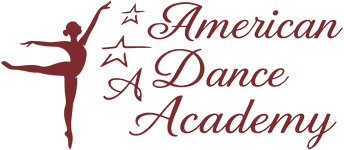
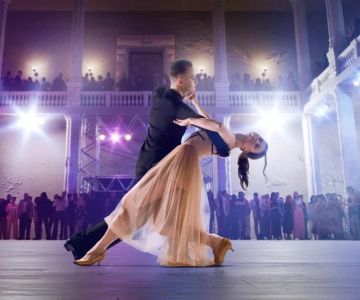
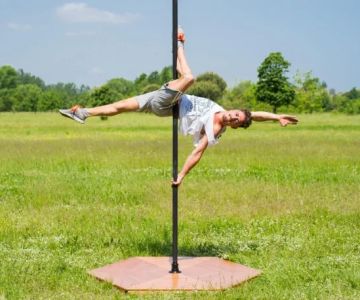
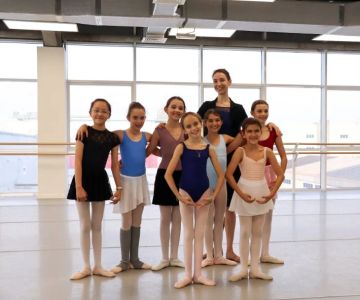
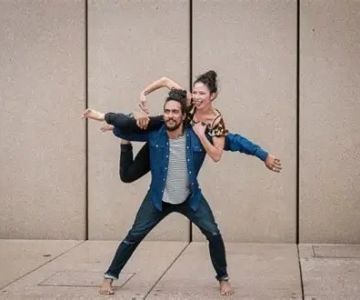

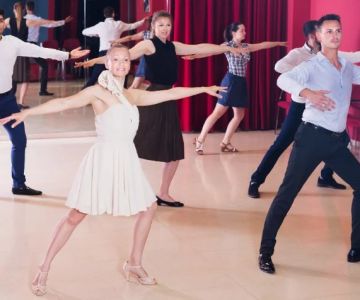
 Barrington Dance Academy5.0 (22 reviews)
Barrington Dance Academy5.0 (22 reviews)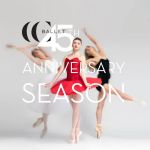 Canyon Concert Ballet4.0 (17 reviews)
Canyon Concert Ballet4.0 (17 reviews) Big City Dance Center LLC4.0 (25 reviews)
Big City Dance Center LLC4.0 (25 reviews) Tye Chua Dance & Kalamazoo Ballet5.0 (18 reviews)
Tye Chua Dance & Kalamazoo Ballet5.0 (18 reviews) Fenton Ballet Theatre4.0 (24 reviews)
Fenton Ballet Theatre4.0 (24 reviews) Front Street Dance Center5.0 (7 reviews)
Front Street Dance Center5.0 (7 reviews) Are There Dances in Middle School? What Students and Parents Should Know
Are There Dances in Middle School? What Students and Parents Should Know How a Dance School in Instagram Builds Community and Success
How a Dance School in Instagram Builds Community and Success Why Do Schools Teach Square Dancing?
Why Do Schools Teach Square Dancing?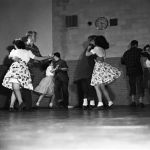 Why Was Square Dancing Taught in School?
Why Was Square Dancing Taught in School? Why Swing Dance Is Popular for Adults
Why Swing Dance Is Popular for Adults A School Dance: How to Prepare, Shine, and Make It Unforgettable
A School Dance: How to Prepare, Shine, and Make It Unforgettable